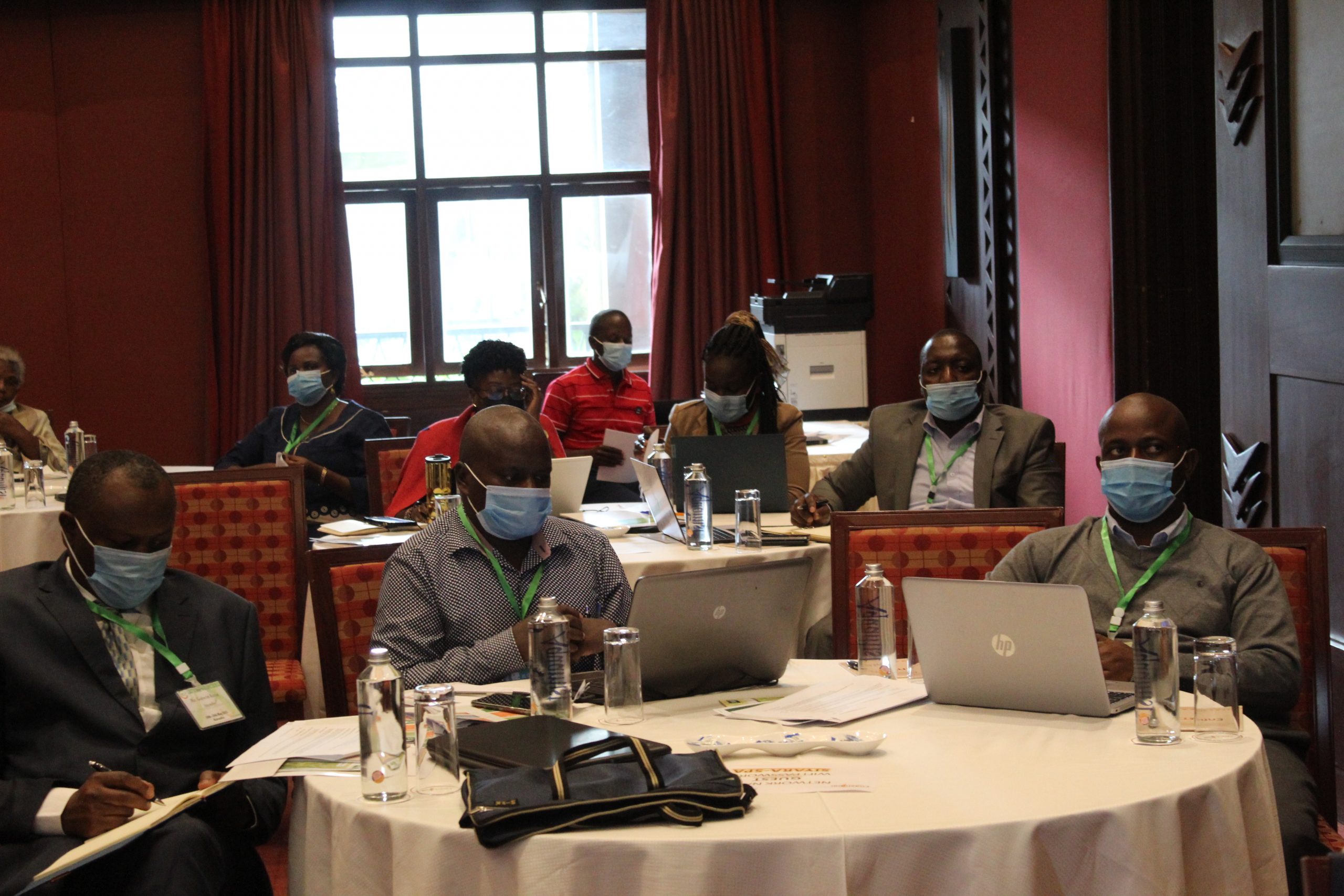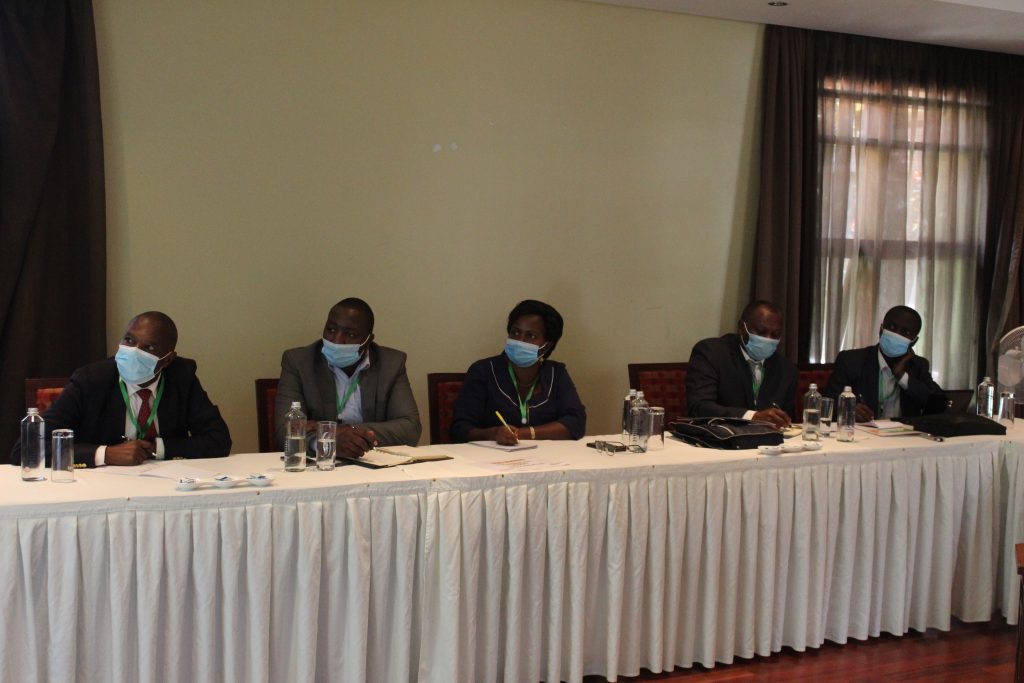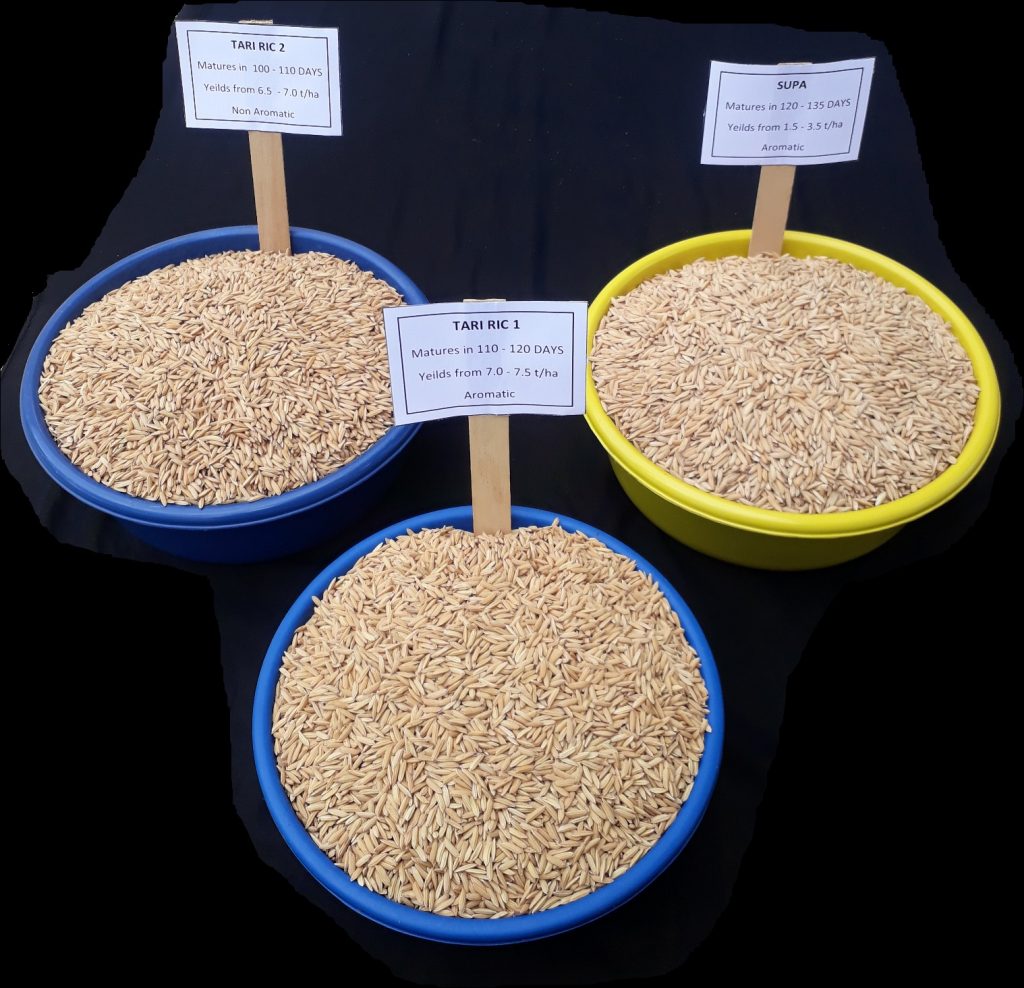Inclusive and sustainable rice system to transform Kenya’s food system: Lessons from the East African Conference

Written by: Hannington Odame and Evelyn Otieno
As part of the 2021 East African Rice Conference (EARC), national workshops were held in six African countries: Burundi, Ethiopia, Kenya, Rwanda, Tanzania and Uganda. EARC aimed to identify policy reforms to transform Africa’s rice sector through scientific innovations, and the national events provided an opportunity to assess such opportunities in each of the six countries, individually. In the second blog of our series exploring the outcomes of each of these national workshops, we turn our attention to Kenya.
Research, policy reforms and investment in inclusive rice value chains that integrate gender and youth offer a pathway to sustainable livelihoods through rice agri-food systems in Kenya. This conclusion emerged from Kenya’s national EARC 2021, held on 18th May 2021, which brought together government representatives, development partners, youth and farmers groups, researchers and academia, donors and investors, and the private sector.
In his keynote speech, Kenya’s agriculture secretary, Mr. Josephat Gathiru acknowledged the importance of the conference in the country’s efforts to reduce rice imports. “Rice is the third most important cereal in Kenya after maize and wheat. The consumption of rice is favourable to the youth who are most of the country’s population. However, the bulk of rice consumed in Kenya is imported at a value of Ksh 25.1 billion as of 2019, this needs to change, and it is important that we have this conference,” he explained.
The participants discussed and shared experiences on existing challenges and emerging opportunities along the rice value chain. In so doing, the workshop contributed to the wider objectives of the EARC, by providing an excellent platform for stakeholders in Kenya’s rice value chain to collectively consider the opportunities and challenges within the sector.

Challenges and opportunities within Kenya’s rice value chain
Kenya’s rice value chain faces challenges which emanate from within the country and the wider East African region. For instance, rice producers in Kenya incur high cost of inputs and labour during production. In addition, low adoption of improved technologies and mechanisation by smallholder farmers hamper the sector’s productivity. The farmers also face regional challenges such as difficulty in implementing cross-border policies on rice grain trade, and competition from imported rice and its products.
These challenges present opportunities for improvement in the value chain which, like the challenges, often emerge from within the country while some are regional. Regionally, there is potential for large-scale cross-border investment given the growing demand for local non-aromatic rice in the country and the wider continent, whose rice imports are valued at 5-6 billion USD annually.
Locally, there are large irrigable areas for rice cultivation in Kenya. In addition, breeders continue to develop high yielding, stress-tolerant rice varieties. To provide impetus to this, the government of Kenya has prioritised the development of policies which favour domestic rice production and private investments. One such policy is the Kenya National Rice Development Strategy which aims to enhance national food and nutrition security through increased rice production, value addition and marketing.

Rice research and development
The participants discussed ‘Innovations in rice mechanisation and postharvest’ and ‘Establishment of regional centres of excellence for rice research and development.’ It emerged that, due to low mechanisation, rice farmers suffer high post-harvest losses, and often end up with low quality milled rice due to inappropriate drying. Adoption of an appropriate rice grain drier would reduce post-harvest losses and improve rice quality. In addition, the discussion recommended the establishment of centres of excellence in Eastern and Western regions of Kenya.
Inclusive markets and value chains
The workshop discussed ‘Rice commercialisation and livelihood outcomes’, and ‘Experiences of rice processors in marketing and value addition.’ It emerged that rice farmers cultivate paddy rice variety which is of low quality. This, coupled with inadequate marketing structures, leads to an unfavourable business environment and low returns. The utilisation of a ‘Warehouse Receipt System’ would improve market structures and efficiency in the value chain and provide much-needed information to inform policy and planning, and consequently act as an incentive for investment in the value chain.
Rice-based livelihoods – gender and youth integration
The conference deliberated on ‘Gender livelihood dynamics in rice-based food systems’ and ‘Jobs, employment and entrepreneurships opportunities for youth in the rice sector,’ and found that there is nopolicy considering the socio-cultural context of rice farming communities in Kenya. Particularly, women and youth do not hold key management roles and youth do not consider agriculture as a source of employment. Capacity building and mentorship on the rice value chain would help youth to understand the available employment opportunities in the sector. Besides, development of gender-friendly policies and technologies would solve the socio-cultural challenges faced by rice farmers.
Integrated rice sector development in a changing climate
The participants shared ‘County experiences’ and discussed ways to ‘Enhance sustainability and resilience to enable local and national rice systems to cope with climate change. There are restrictive seed regulations and ongoing research focuses mostly on formal seed systems, which necessitates the development of an integrated seed regulatory framework that would create a favourable policy environment for rice agri-business. In addition, development of climate-resilient rice seed varieties would suit Kenya’s saline and sodic soils, and climatic conditions.
Inclusive finance and investment
Key in the agenda was how to ‘Improve access to credit and finance for small producers and processors’ and ‘Rice sector financing, and public-private partnerships.’ Enhancing partnerships and collaboration between public and private producers would strengthen weak partnerships and compliance to contractual agreements. “Creating an enabling environment for a competitive agriculture sector requires private sector-led development in Kenya’s agricultural sector, improvement of governance of agricultural institutions and increasing market access and trade of agricultural commodities,” emphasised Hon. Davis Mwangoma, County Executive Committee Agriculture, Taita Taveta county.
Agricultural policy reforms
Discussions on ‘Production, value chains and markets’ and ‘Rice, dietary changes and household food and nutrition security’ revealed that there is a weak rice seed system. In addition, the available paddy rice variety is not enough and the little available is of poor quality. Also, rice growing households overly rely on rice as a single source of food. The participants agreed that strengthening the formal seed system offers a solution, and mainstreaming nutrition security in the rice value chain would help diversify nutrition for rice farming communities.
It is hoped that the Kenya workshop will support multi-stakeholder collaboration for the country’s rice self-sufficiency, which will, in turn, increase domestic production and boost Kenya’s efforts to align its priorities to transform food systems. Consequently, it will increase food and nutrition security, end hunger and malnutrition, and alleviate poverty through inclusive and sustainable rice production and commercialisation through sustainable and inclusive food systems.
For more information on the Kenya national rice conference, read the full event report.
Learn more about the other national EARC events, below:
